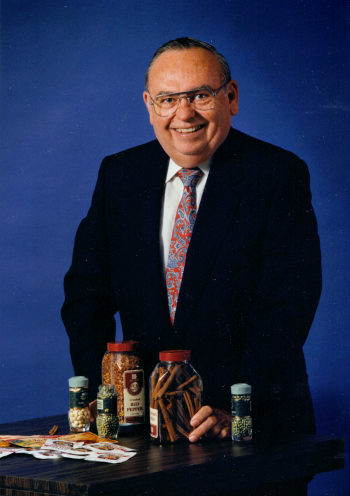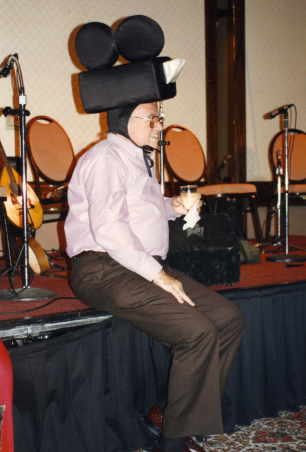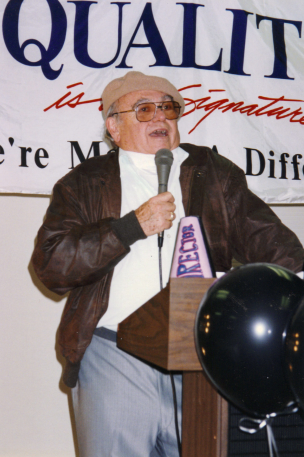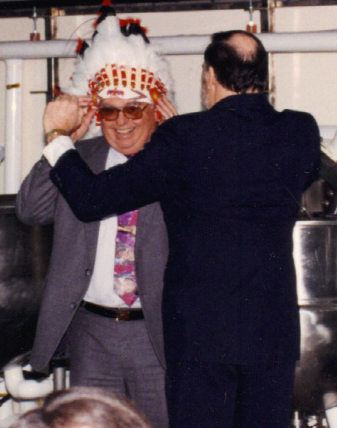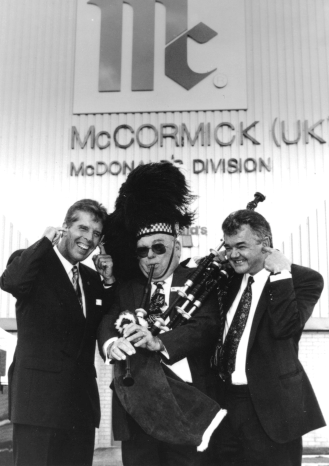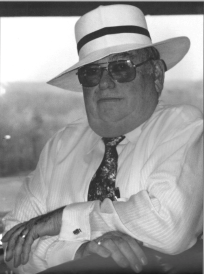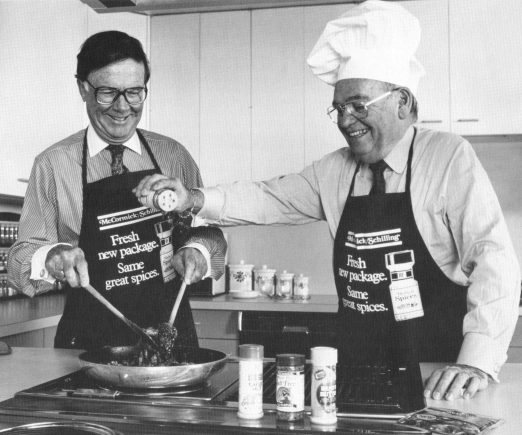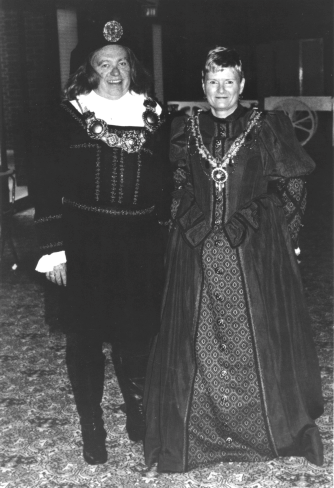|
Early Career Decisions
When I was in high school, I liked
science. Somewhere
along the line I made the decision
that I would become an electrical engineer.
My grandfather on my mother’s side had been a
draftsman, and some on
that side of the family had been electrical engineers.
I applied for a scholarship at the School
of Electrical Engineering
at Johns Hopkins,
was accepted and enrolled. Ironically
no
one in high school ever bothered to tell me that I was probably the least
likely person in the world to be an engineer.
I think that the science of career counseling was
nothing like it is
today. I did like
working with
radios. My uncle
was an electrician, so
I’d help him, but really nothing else I did was in any way related to
science.
My first business endeavor was selling Christmas
cards. When you’re
born on a farm, you
learn right away that it’s always best to do things ahead of time. I sold my Christmas cards
in August! No one
else thought of selling Christmas
cards in August. People
would say to me
“You’ve got to be kidding!” But
they’d
buy from me, and I had all my orders in by September.
I sold Christmas cards from the time I was 11
until I was 31. Even
after I had
full-time employment, I didn’t stop selling the cards.
I sold Rosebud Salve as a child too.
You could use it on your cow’s udder or
anything else that might be sore.
You’d
sell them for 25 cents a can and make a 10 cent profit.
It wasn’t a lot of money – but it was
money. During those
years, I also sold
matchbook advertising and subscriptions to a magazine called Grit,
which is
still sold.
At school, I ran the bookstore.
I was also the manger of the student council
and ran all the school dances. I
was the
organizer of all the events our class took part in, like field trips
and the
like. I was
basically the class business
manager.
I go through this whole story to make a point. No one, with the exception
of one aunt, ever
sat me down and said, “What on earth do you want to be an engineer for? I’ve never seen anyone who
likes to sell like
you do. You should
be a salesman!”
I learned the hard way when I got to Johns Hopkins. A lot of the kids at Hopkins
were from the Poly A course. I
had that strike against me. I
had never had trigonometry, and I had to go
back to take that course. But
the major
issue was that the first basic engineering course I had to take was
drawing. As it
turned out, I had a
perception flaw that probably should have been detected years earlier. I had real trouble
visualizing what something
was going to look like. I
came to the
conclusion that I just couldn’t make it as an engineer.
I finally went to a career counselor who gave me a
series
of tests. They
proved that engineering
was not the right field for me. I
then
switched to business administration at the Baltimore College of
Commerce, which
was then a YMCA School.
Many of the YMCAs ran business schools from the
1930s to as recently as
the 1960s. The one
I attended later
merged with the University of Baltimore.
|
